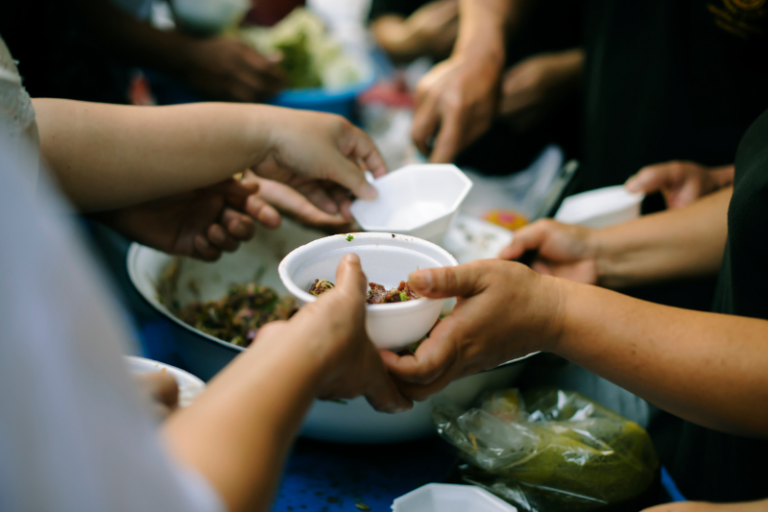Women and girls are among those most affected by various forms of malnutrition in the world. Today, it is estimated that more than one billion adolescent girls and women worldwide suffer from undernutrition and the harmful effects of malnutrition such as wasting, stunting, micronutrient deficiencies and anaemia.
At the same time, the efforts undertaken so far have proven insufficient to meet the goals set by the international community regarding nutrition by 2025. The results in terms of anaemia, a form of malnutrition that reflects nutritional inequalities between women and men, are particularly alarming. The WHO estimates that without effective intervention, anaemia could affect nearly one woman in three as early as next year.
Not only do women and girls have specific nutritional needs, but gender inequalities also prevent them from accessing the nutritional resources and healthcare they require. Therefore, it is essential to place women’s rights at the heart of the fight against malnutrition, ensuring that policies genuinely strengthen their ability to access adequate nutrition and effectively address gender inequalities. Moreover, tackling malnutrition through a gender lens is not only a way to improve women’s living conditions but also a means to positively impact those of future generations.
In this context, the Nutrition for Growth Summit, which will be held in France in March 2025, presents a unique opportunity to place gender issues at the heart of the discussions and to encourage the international community to commit to improving nutrition for women and girls, affirming their rights, and reducing gender inequalities.
At N4G 2025, we encourage the international community to:
- Ensure that gender and malnutrition issues are considered jointly.
- Commit to reducing gender inequalities in all areas and promote the
advancement of women’s rights. - Make commitments to meet the specific nutritional needs of all women,
not just mothers, in all sectors (health, education, employment,
agriculture, the economy, social protection, etc.). - Fill the gap in available data on women’s nutrition to better understand the root causes of women’s malnutrition.




